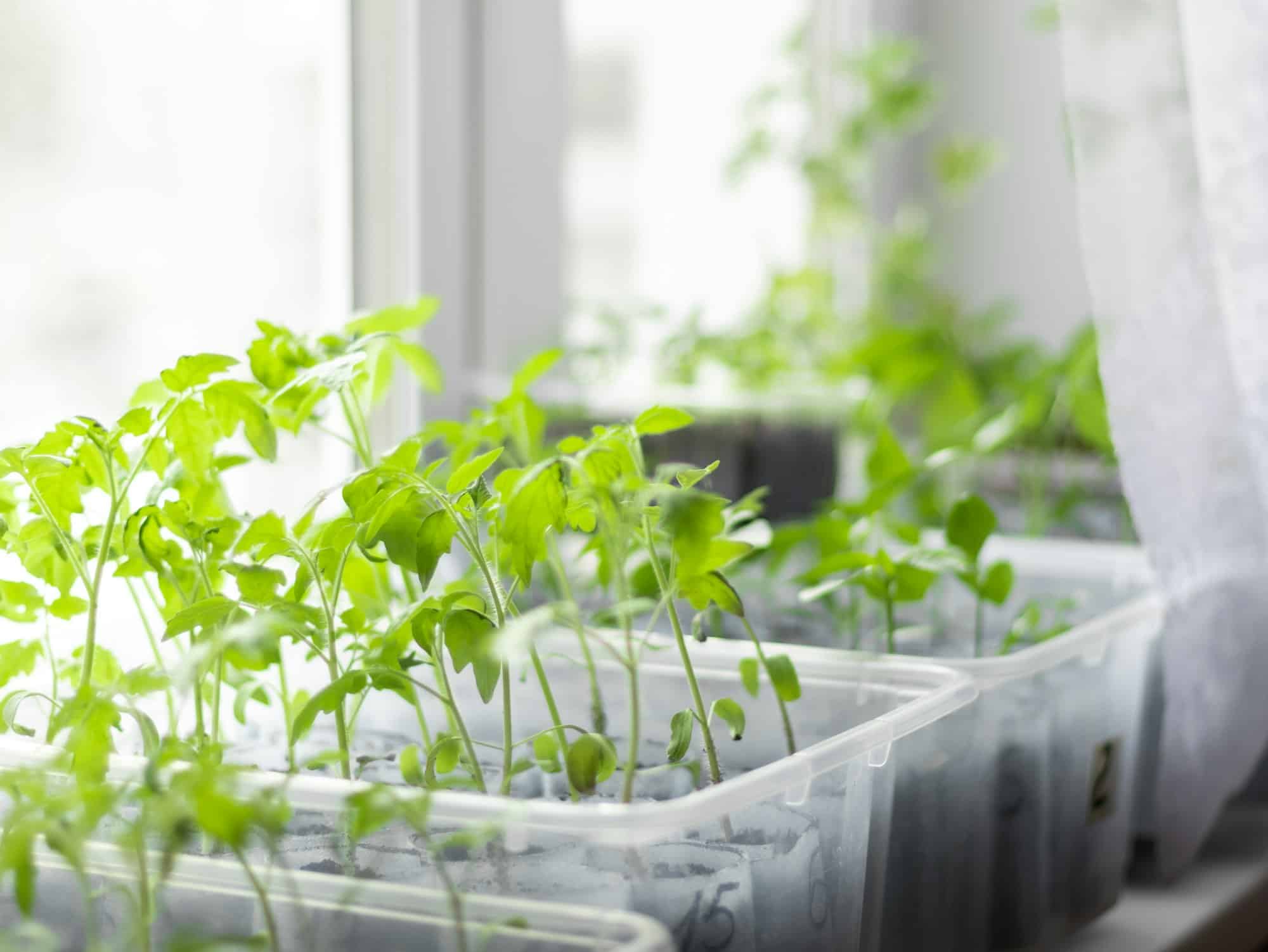How to make the most of your window boxes ?

Throughout the seasons, and sometimes all year round, window boxes bring flowers to balconies and terraces. All to the delight of the occupants of the house. While the pleasure of gardening is important to the success of your window boxes, there are a few basic principles you need to know. These include the choice of plants, containers, substrate, etc. This guide gives you the main tips for making a success of your window boxes and enjoying the beauty of flowers for as long as possible.
Determining the orientation of your balcony
Whatever the orientation of your balcony, the exposure and climate of your region are the primary criteria for choosing the plants you grow in window boxes. You can click on https://bacsac.com/gb/garden-beds/25-round-raised-garden-beds.html to choose the type of container best suited to your needs and requirements. It's also useful to know whether your balcony is exposed to the wind, so you can take this into account when choosing plants.
A lire également : Using Chatbots to collect customer feedback
Choosing plants for a window box
Once you've determined the outdoor growing conditions, you need to choose compact plants that can be grown in pots. To ensure that the plant adapts properly, the root system should not be over-developed. The plants you choose must be of good quality.
You should also put plants with the same substrate and water requirements together in the same planter. Otherwise, some plants will grow better than others. For example, plants that prefer acid soil should be planted in groups. You shouldn't mix drought plants with water-demanding plants.
Lire également : What are the characteristics of honeycomb packaging ?
Varying heights and shapes
To give your planter a sense of relief, it's best to play with different heights and plant the tallest plant in the centre or at the bottom. Then plant the other plants to create a gradation of heights. You should also play with the shapes of the plants (balls, spikes, etc.). This will give your planter a beautiful effect.
Combining colours
When it comes to plant colours, you can choose two complementary colours to create a contrasting effect (green and red, orange and blue, yellow and violet, etc.). You can also choose colours in the same tones to create a cameo of blue, pink or mauve.
Choosing the planting period and substrate
You need to prepare your planter after the frost has passed. Choose a quality potting soil for flowering plants or geraniums rather than garden soil. This is a more aerated substrate that dries out more slowly. It usually includes fertilizer. This encourages flowering. You can use heather soil for plants that like acidic substrates.
Installing plants at the right distance
This involves removing the plants from the pots, removing the root ball if possible and immersing the plants in water to moisten them thoroughly. You then need to make the holes with a spade or planter. Place the plants in the planter starting with the centre plant, which is often the tallest.
The others are placed around the centre one according to their height. Make sure you leave enough space for them to grow properly. The trailing plants come last. Finally, you need to push the plants sufficiently into the soil and cover them with soil all around without leaving any gaps. Remember to pack the substrate well and water well without wetting the flowers and leaves.
Looking after your planter
Once you've installed your planter, you need to water it frequently. Plants in pots dry out more quickly than those in the ground. We recommend watering once or twice a week. Watering should be adapted to the needs of the plants, with more watering in summer (preferably in the evening). Remember to add fertilizer on a regular basis to ensure that your plants are sufficiently nourished and produce beautiful flowers.
To sum up, if you follow these tips, you'll be able to create magnificent flowering window boxes. This will bring a touch of nature and colour to your outdoor space all year round.
